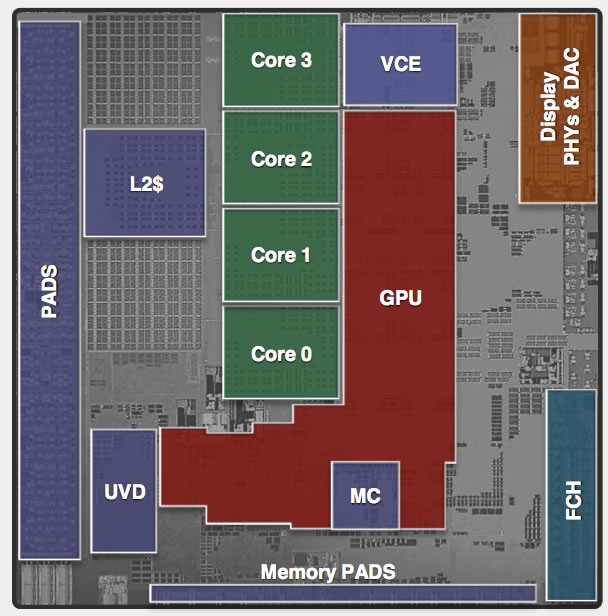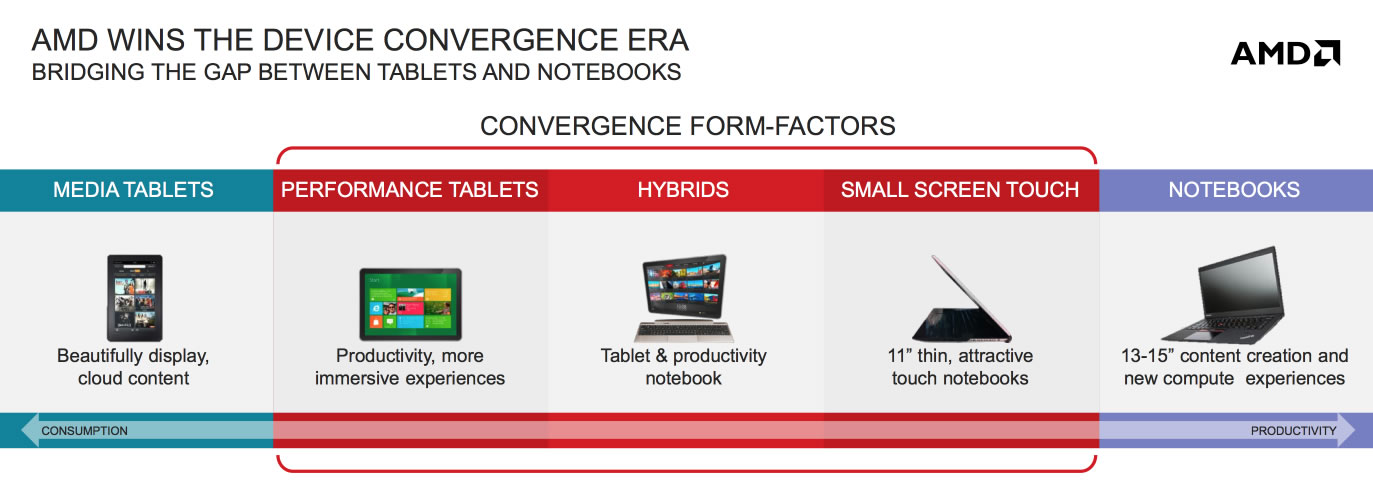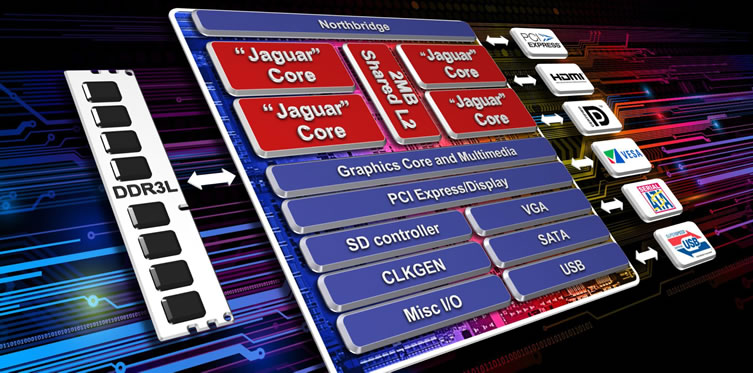Final Thoughts
If you were expecting something powerful from Kabini you'll be sorely disappointed – dare we say a little delusional, perhaps. The A4-5000 certainly isn't designed to compete with products such as the Intel Core i7-3517U, found on the recently reviewed Gigabyte U2442F ultrabook.
Clocked at just 1.5GHz with no Turbo Boost-like feature, the A4-5000 was always going to be light on power.
Because it does feature four dedicated cores, the chip actually performed better than expected in some of our tests, and could surprise you in applications that utilize four threads well. That said, when compared to the dual-core Pentium 2117U, the A4-5000 was left red faced on more than one occasion.
While some tests were rather close, such as Excel 2013, AMD simply wasn't competitive in others like WinRAR and Photoshop CS6. The A4-5000 also took a serious beating in our encoding tests. These might not be the kind of programs users are expected to run on a Kabini powered notebook, but it goes to show how far the company is behind Intel in terms of core efficiency.

We expected the A4-5000 to best Intel's Pentium 2117U when it came to gaming performance, and it did in the three games tested. However, with dismally low frame rates on AAA games like Far Cry 3 or Battlefield 3, casual or old games is the best you'll be to get out of either AMD or Intel offerings. The A6-5200 might have more of a chance here with its 33% higher clocked processor and 20% faster clocked GPU.
One area where the A4-5000 really shines is in power consumption. At just 9 watts while idle with the screen turned off and 23 watts with 100% CPU and GPU load (again the screen was off), power draw wasn't just incredibly low, it was less than half the amount consumed by our Intel Pentium 2117U test system.
When compared to more powerful and more expensive options, such as the Gigabyte U2442F ultrabook mentioned earlier, A4-5000 powered devices should run at least twice as long on the same capacity battery. They should also cost less than half as much and allow for smaller designs.
Using the PowerMark balanced test the AMD whitebook system ran for 3 hours and 31 minutes. By comparison, the Gigabyte U2442F ran for just 2 hours and 43 minutes in the same test.

Benchmarks aside, from our perspective the AMD A4-5000 was fast enough for general usage. With an SSD in tow it would open up most applications in seconds. For those wanting to surf the Internet, e-mail, conduct some word processing or even a little graphics design, the A4-5000 will provide enough power and the run time to avoid you looking for another power socket the moment you disconnect it from one.
If you look at the image above, AMD sees an opportunity on a changing landscape where performance laptops are not everything, but mobility, integrated hardware and high efficiency play as much of a factor. The A4 SoC is feature rich and quite competent for productive multi-tasking and that may just be the right answer for new affordable ultraportables.
score
Pros: True quad-core x86 SoC opens possibilities for manufacturers to create affordable integrated Windows-based devices. Power consumption and resulting battery life should be excellent. Processing power is adequate for productive multi-tasking.
Cons: Graphics performance is good if compared to the competition but not gaming-level as AMD wants you to believe. Single thread performance suffers without Turbo Boost.
